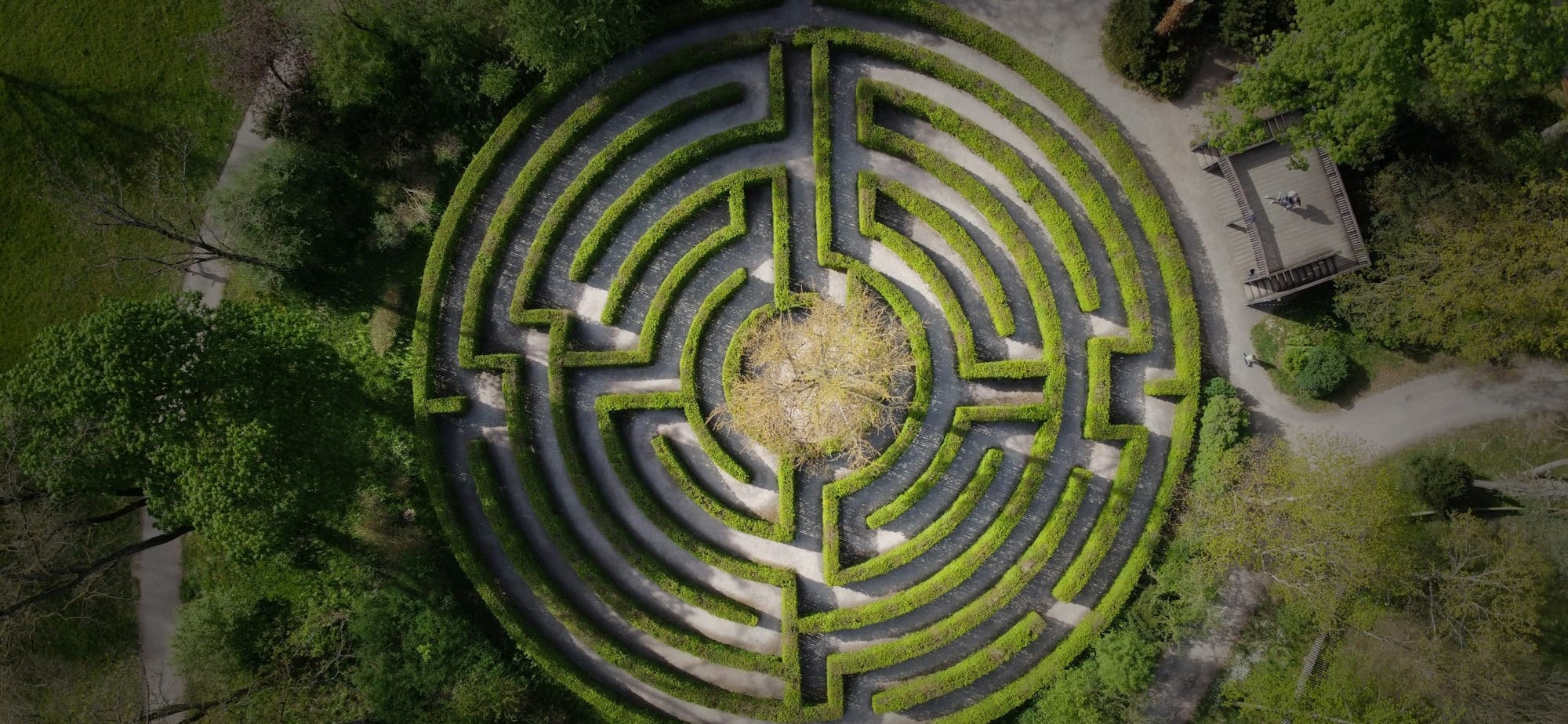Solving as a Verb

Solving Stories where solving is a verb.
This is the most common understanding of the phrase. The idea is, "We are in the act of solving. What are we solving? Stories."
It implies that a story is something that needs to be solved - and therefore can be solved. But in what way can a story be solved?
Readers solving stories?
Does the reader in solving the story? Not literally. After all, the author has already brought everything to a resolution. Every decision for every character has been made already. The finished story is there in the reader's hands. There is nothing the reader must do.
Yet, the reader does feel as though they're solving something.
Every story is about a problem. Actually, every story is about a person with a problem. As the reader learns about these problems, their brain cannot help but pursue all sorts of possible strategies the characters might use in solving their problems and bringing the plot to a satisfactory resolution. In that way, the reader experiences the sensation of solving a problem. The effect on the reader's brain is the same as if they were solving the problems themselves.
In other words, the reader is actually in a labyrinth, but it seems more like a maze.
Maze vs. Labyrinth
The terms “labyrinth” and “maze” are often used interchangeably. But there is a difference.

A maze is a complex branching multicursal puzzle that includes choices of path and direction, may have multiple entrances and exits, and dead ends. In a maze, there are decisions that need to be made.

On the other hand, a labyrinth is unicursal. It has only a single, non-branching path, which leads to the center then back out. No decisions are required in the labyrinth.
Notice the distinction: a maze confronts us with choices, a labyrinth is intricate but well-defined.
So, for the reader, a story is more like a labyrinth. They really have no choice but to follow the path that has been presented. But on the first reading of a story, we don’t know what we’re looking for or who to trust. We can see where we’re starting, but we don’t quite know where we’re headed. As we read, we're presented with characters, events, images and information. As our minds process the limited information, we imagine several of possible routes this journey could take. It certainly feels like a maze while we're in it.
A story could be thought of as the solution to a maze isolated from the maze itself. That's the story as written by the author. It's already completed. But as the reader follows along that path, they cannot see the destination that the author has already plotted. The reader's brain begins to imagine possible paths that the story (or character) could take from that particular point of the story. Our mind effectively generates a maze of all those branches of possibility. Even as it generates that maze, the brain also ventures down each of the various paths, imagining what might happen for every possible decision the character could make. In this way, the reader gets the sensation of venturing through a maze. This "sensation of solving" is one of the things that attract us to stories.
But page-by-page, the reader gradually begins to realize the significance of various decisions, interactions, images, and metaphors. One by one, our imagined routes are eliminated, and we begin to see there was only ever one path this story could have taken.
As with a labyrinth, when the reader emerges from a story, they’re essentially in the same place where they began, but hopefully changed by what they’ve seen.
So, technically, a story is not something for the reader to solve. But it is most definitely something that the author must solve. In what way?
Writers solving stories
We've just discussed that the reader is made to feel as if she is solving the plot along with the main character. But no actual solving is achieved by the reader. In order for her to experience that sensation, a skilled writer must actually do all of the heavy lifting. The writer is a puzzle-master, strategically sharing information in such a way that the reader is drawn forward into the story (or, along through the story).
If it can be said that stories are solved, it is the author who does the solving. In what way is a story like a puzzle for the writer to solve?
The writer must make lots of decisions: what to include, what to exclude, and how to organize the parts. All this while having no idea how the story will progress. Stories are in a constant state of flux. Scenes become larger or removed. Characters come and go. The story changes form and shape. New ideas emerge and take over.
Additionally, as the project moves along, the writer must develop an information strategy - withholding or concealing certain bits of information while revealing others. They must balance the need to guide the reader clearly in some ways while at the same time creating uncertainty, curiosity, tension, suspense, and surprise.
In order to accomplish this, the writer nurtures, anticipates, and then makes use of the reader’s expectations, both for the purpose of subverting those expectations or rewarding them with an expected turn.
As you can imagine, it can be quite a challenge trying to get the reader to imagine the various things that could happen (as opposed to the more limited number of things that do happen), the choices characters could make, and all the possible stories that could follow from what’s been set in place.
There is quite a bit of work involved in providing the reader the sensation of feeling as if they are solving a puzzle.
Needless to say, here at Solving Stories, the analogy "story as a puzzle" will be a recurring theme.